Species Photo Gallery for Metadelphax propinqua No Common Name 42 |
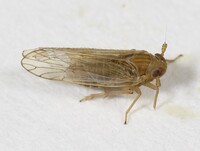 | Photo by: Rob Van Epps
Mecklenburg Co.
Comment: Caught sweeping in weedy field. | 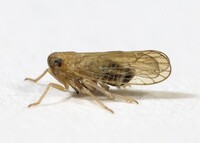 | Photo by: Rob Van Epps
Mecklenburg Co.
Comment: Caught sweeping in weedy field. |
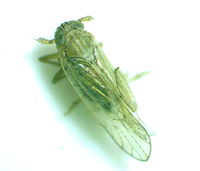 | Photo by: Ken Kneidel
Mecklenburg Co.
Comment: 3 mm, caught while sweeping over clover in a residential lawn | 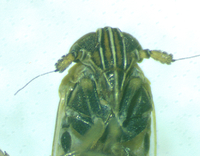 | Photo by: Ken Kneidel
Mecklenburg Co.
Comment: 3 mm, caught while sweeping over clover in a residential lawn |
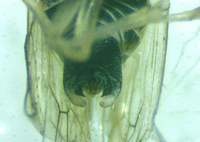 | Photo by: Ken Kneidel
Mecklenburg Co.
Comment: 3 mm, caught while sweeping over clover in a residential lawn |  | Photo by: Ken Kneidel
Mecklenburg Co.
Comment: 3.5 mm |
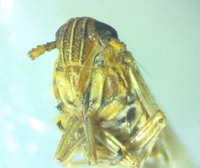 | Photo by: Ken Kneidel
Mecklenburg Co.
Comment: 3.5 mm | 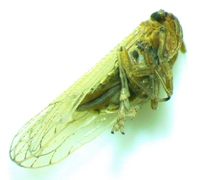 | Photo by: Ken Kneidel
Mecklenburg Co.
Comment: 3.5 mm |
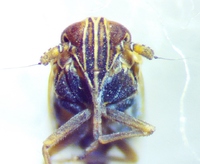 | Photo by: Ken Kneidel
Mecklenburg Co.
Comment: caught during a sweep through a wet area in an athletic field | 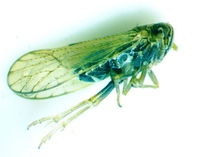 | Photo by: Ken Kneidel
Mecklenburg Co.
Comment: caught during a sweep through a wet area in an athletic field |
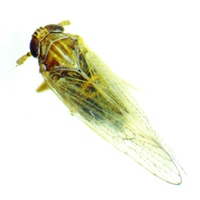 | Photo by: Ken Kneidel
Mecklenburg Co.
Comment: caught during a sweep through a wet area in an athletic field |  | Photo by: Ken Kneidel
Mecklenburg Co.
Comment: caught during a sweep through a wet area in an athletic field |
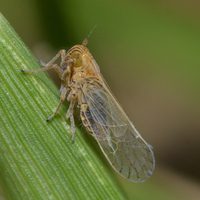 | Photo by: Margarita Lankford
Dare Co.
Comment: https://www.inaturalist.org/observations/61163309 | 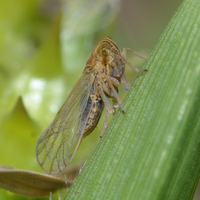 | Photo by: Margarita Lankford
Dare Co.
Comment: https://www.inaturalist.org/observations/61163309 |
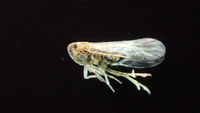 | Photo by: Erich Hofmann
New Hanover Co.
Comment: https://www.inaturalist.org/observations/60970173 | 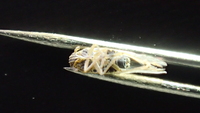 | Photo by: Erich Hofmann
New Hanover Co.
Comment: https://www.inaturalist.org/observations/60970173 |
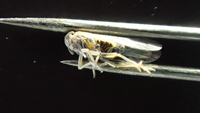 | Photo by: Erich Hofmann
New Hanover Co.
Comment: https://www.inaturalist.org/observations/60970173 | 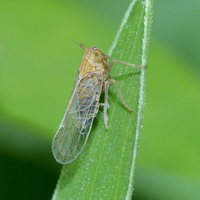 | Photo by: Margarita Lankford
Orange Co.
Comment: https://www.inaturalist.org/observations/55853890 |
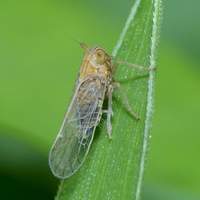 | Photo by: Margarita Lankford
Orange Co.
Comment: https://www.inaturalist.org/observations/55853890 | 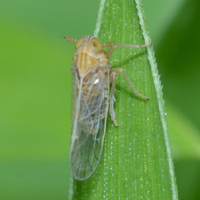 | Photo by: Margarita Lankford
Orange Co.
Comment: https://www.inaturalist.org/observations/55853890 |
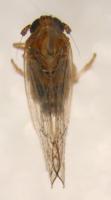 | Photo by: J. B. Sullivan
Yancey Co.
Comment: | 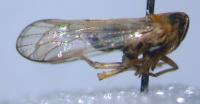 | Photo by: J. B. Sullivan
Yancey Co.
Comment: |
 | Photo by: J. B. Sullivan
Yancey Co.
Comment: | 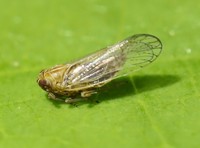 | Photo by: Rob Van Epps
Mecklenburg Co.
Comment: Open area near woods. Attracted to black light. |
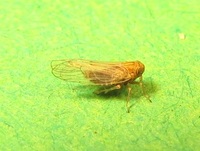 | Photo by: Ken Kneidel
Mecklenburg Co.
Comment: Wet area with cattails and goldenrod. | 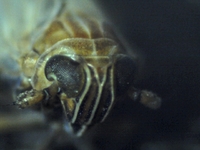 | Photo by: Ken Kneidel
Mecklenburg Co.
Comment: Wet area with cattails and goldenrod. |
 | Photo by: Kyle Kittelberger
Wake Co.
Comment: near mixed hardwood forest | 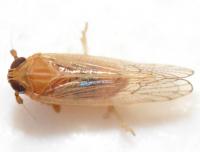 | Photo by: Kyle Kittelberger, Brian Bockhahn, Paul Scharf
New Hanover Co.
Comment: open woodlands, pine dominated; 2 specimens photographed |
 | Photo by: Kyle Kittelberger, Brian Bockhahn, Paul Scharf
New Hanover Co.
Comment: open woodlands, pine dominated; 2 specimens photographed |  | Photo by: Kyle Kittelberger, Brian Bockhahn, Paul Scharf
New Hanover Co.
Comment: open woodlands, pine dominated; |
 | Photo by: Kyle Kittelberger, Brian Bockhahn, Paul Scharf
New Hanover Co.
Comment: open woodlands, pine dominated; | 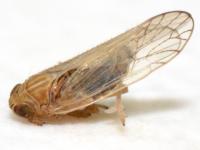 | Photo by: Kyle Kittelberger, Brian Bockhahn, Paul Scharf
New Hanover Co.
Comment: open woodlands, pine dominated; |
 | Photo by: Kyle Kittelberger, Brian Bockhahn, Paul Scharf
New Hanover Co.
Comment: open woodlands, pine dominated; | 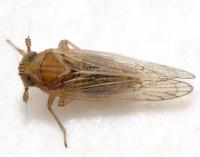 | Photo by: Kyle Kittelberger, Brian Bockhahn
Carteret Co.
Comment: female |
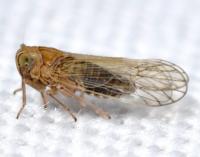 | Photo by: Kyle Kittelberger, Brian Bockhahn
Carteret Co.
Comment: female | 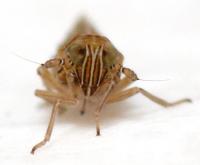 | Photo by: Kyle Kittelberger, Brian Bockhahn
Carteret Co.
Comment: female |
 | Photo by: Kyle Kittelberger, Brian Bockhahn
Carteret Co.
Comment: female |  | Photo by: Kyle Kittelberger, Brian Bockhahn, Paul Scharf
Warren Co.
Comment: open grassy area within mixed hardwood forest habitat |
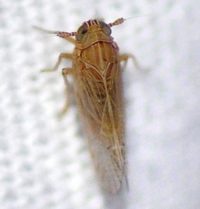 | Photo by: Kyle Kittelberger, Brian Bockhahn, Paul Scharf
Warren Co.
Comment: open grassy area within mixed hardwood forest habitat | 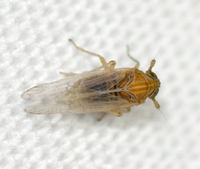 | Photo by: Kyle Kittelberger, Brian Bockhahn, Paul Scharf
Warren Co.
Comment: mixed hardwood, open forest near lake edge |
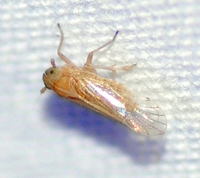 | Photo by: Kyle Kittelberger, Brian Bockhahn, Paul Scharf
Wake Co.
Comment: grassy habitat | 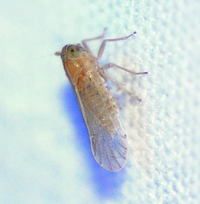 | Photo by: Kyle Kittelberger, Brian Bockhahn, Paul Scharf
Wake Co.
Comment: grassy habitat |
|

 »
»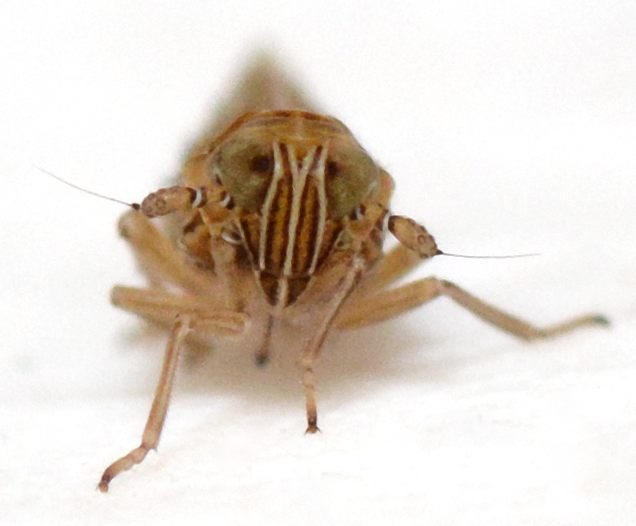


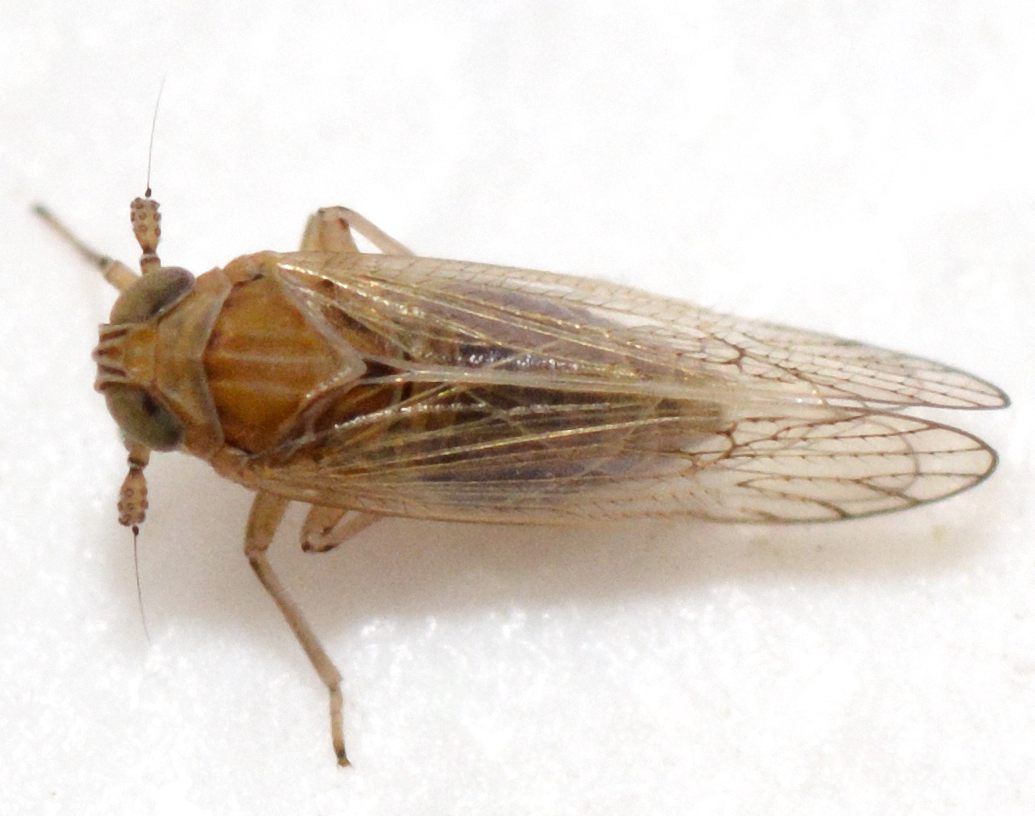

 »
»


